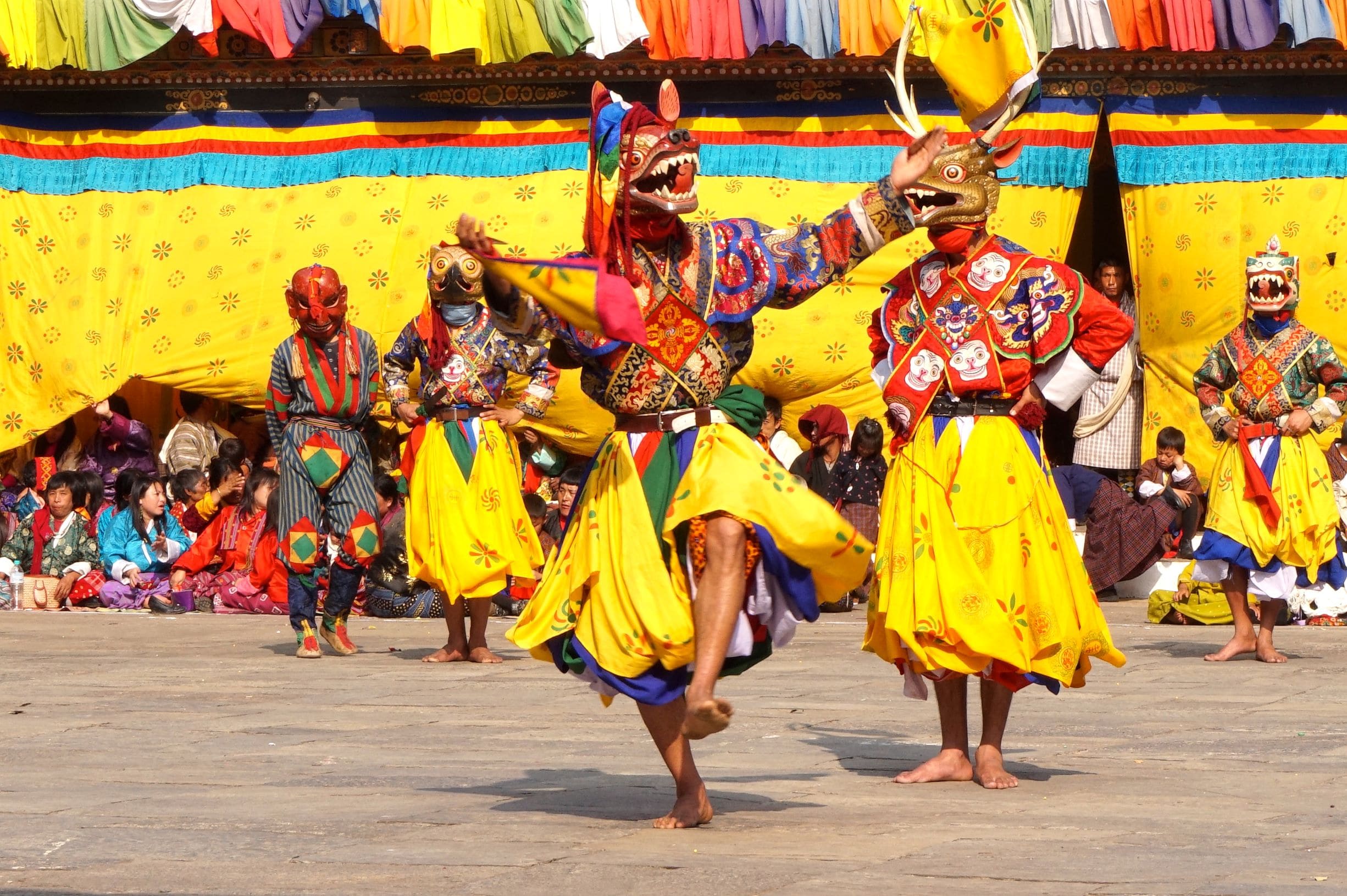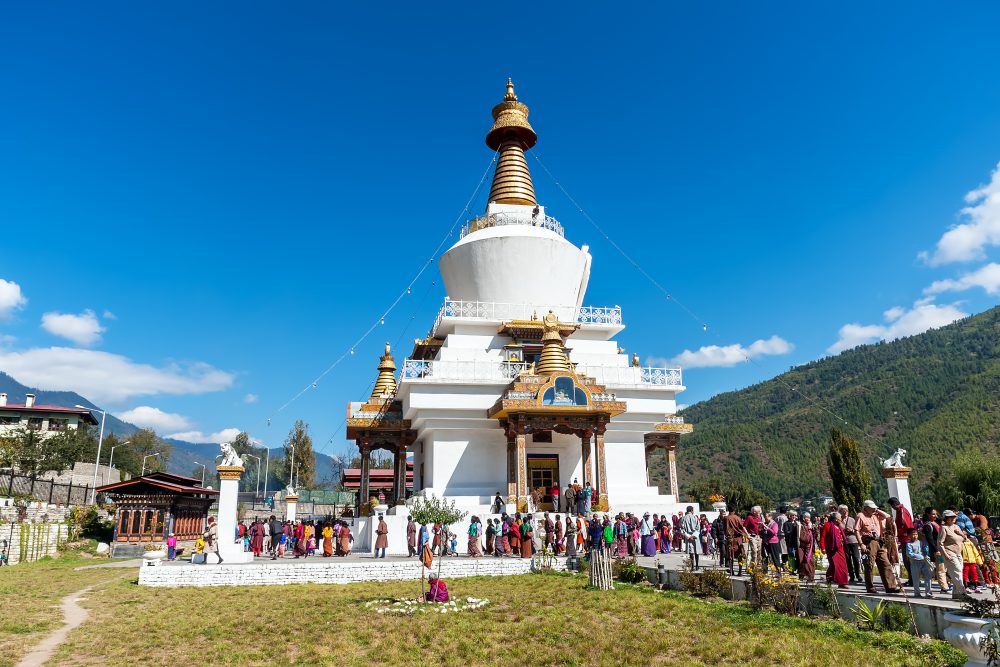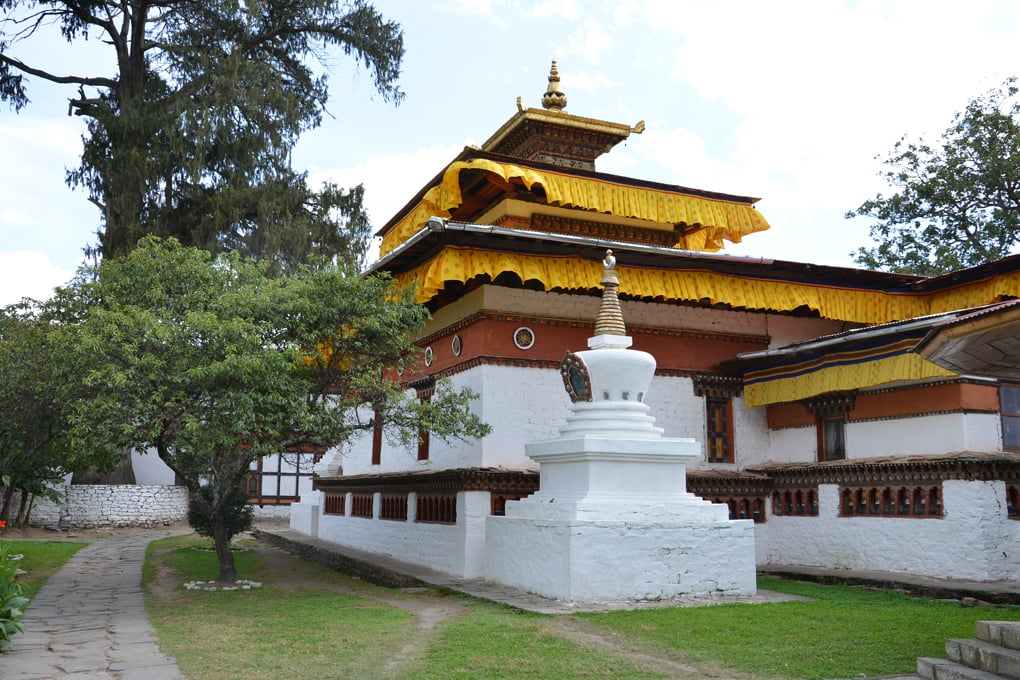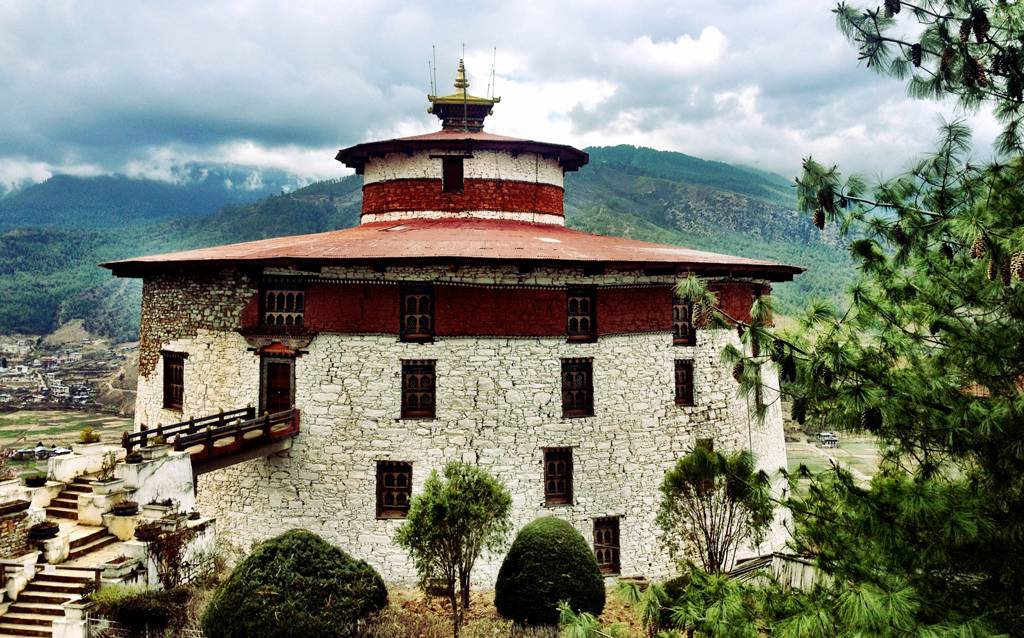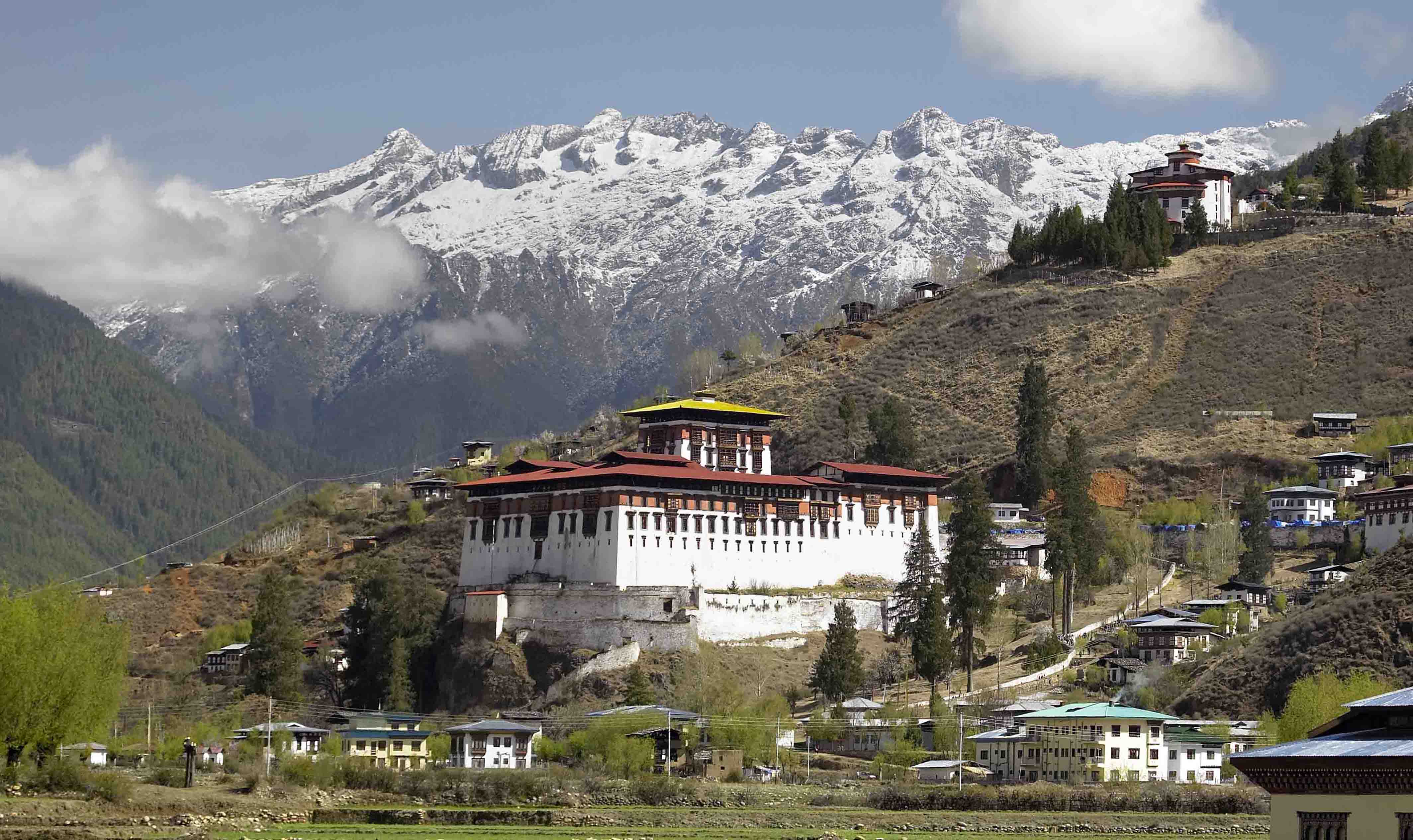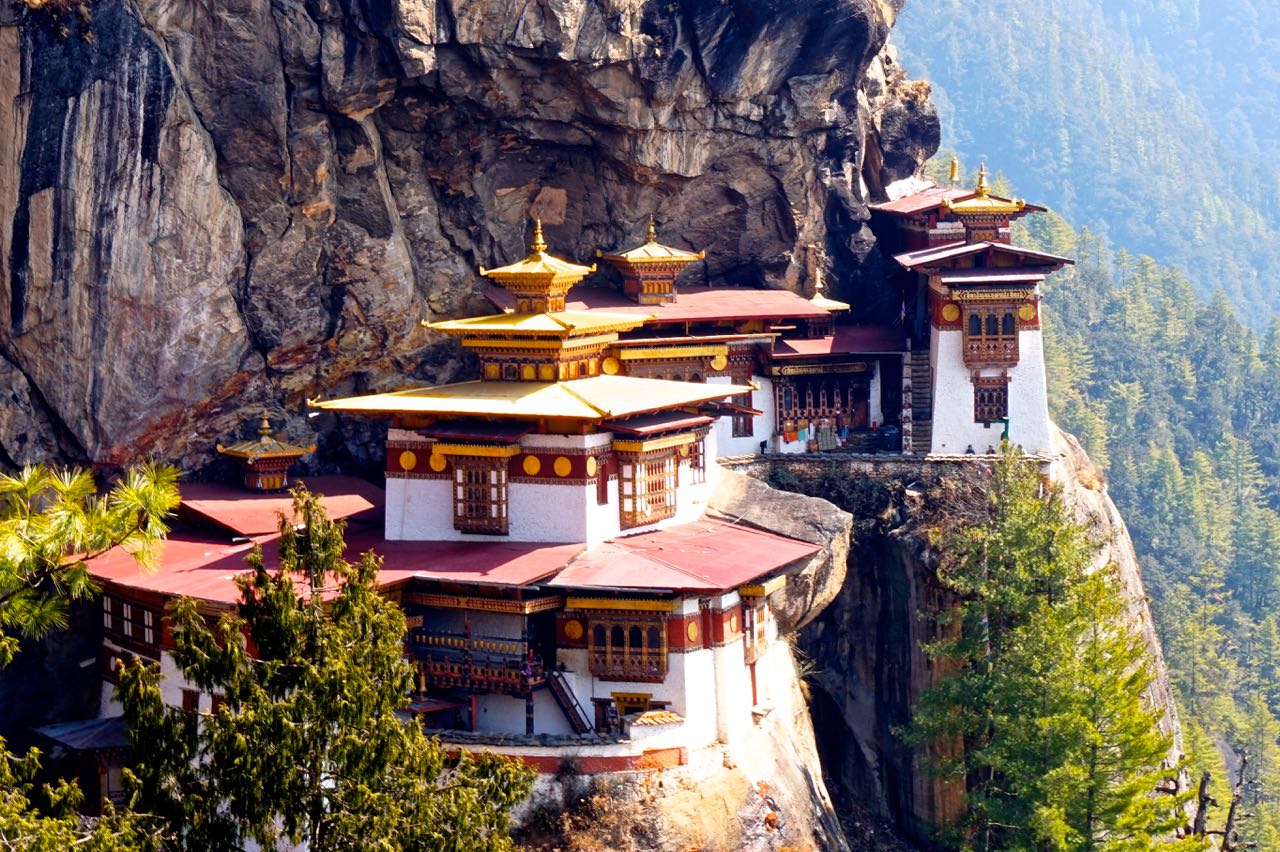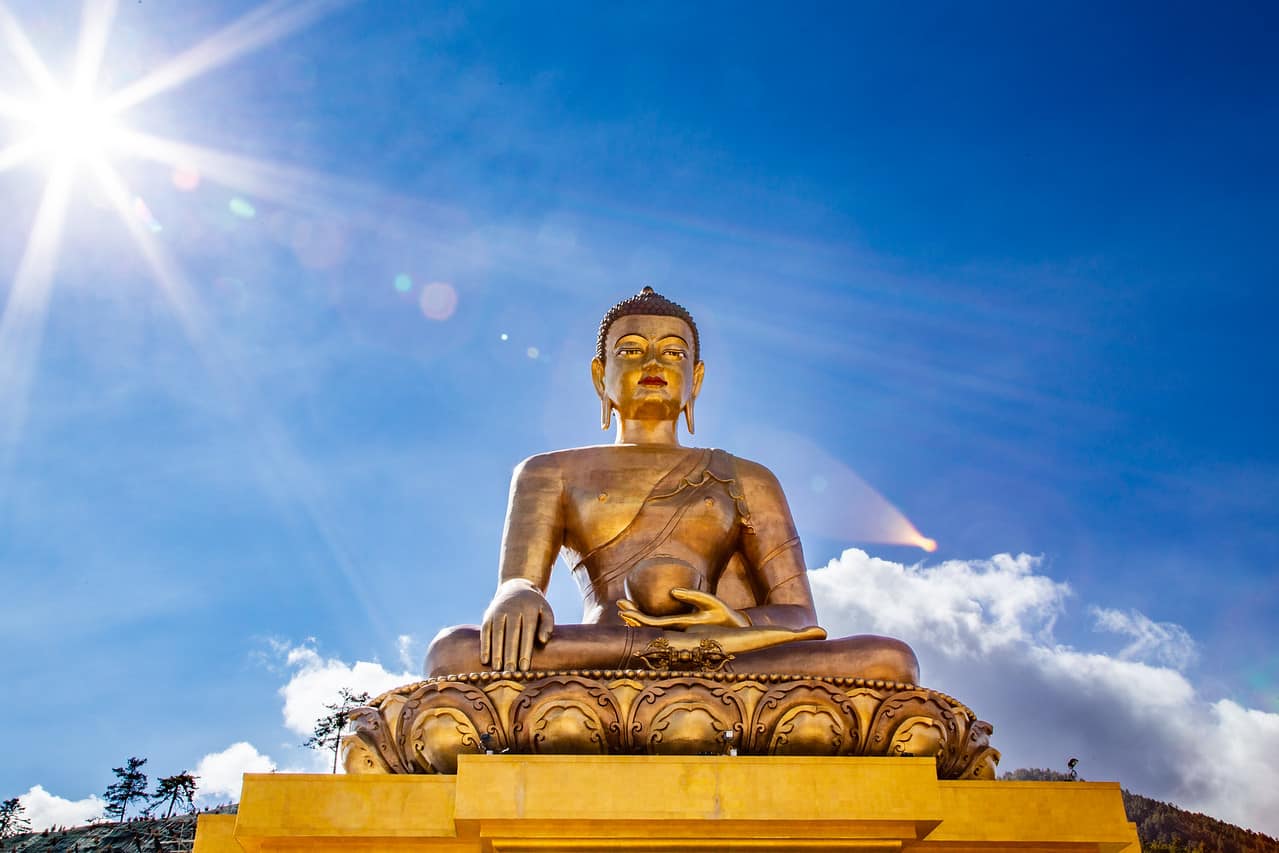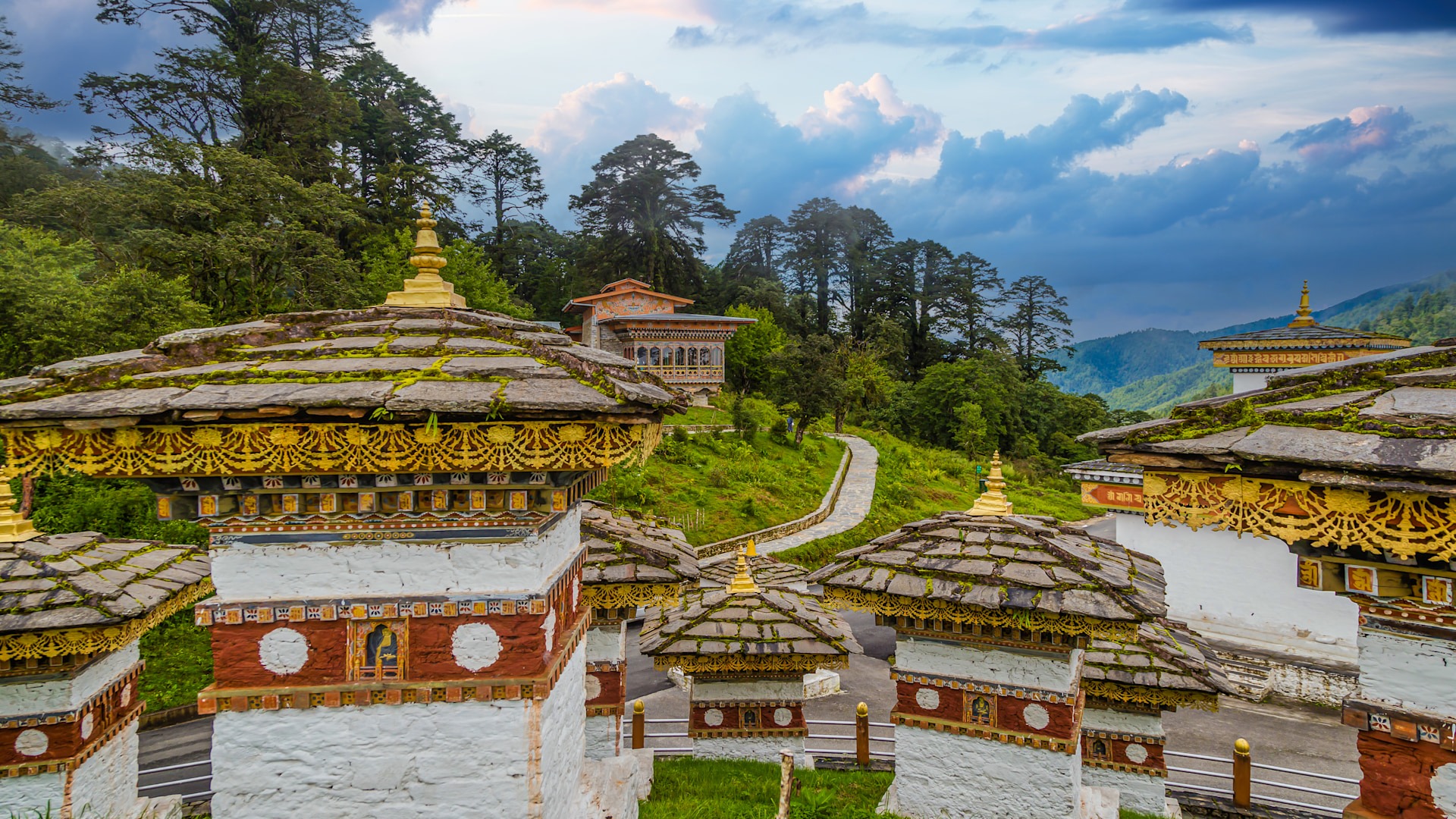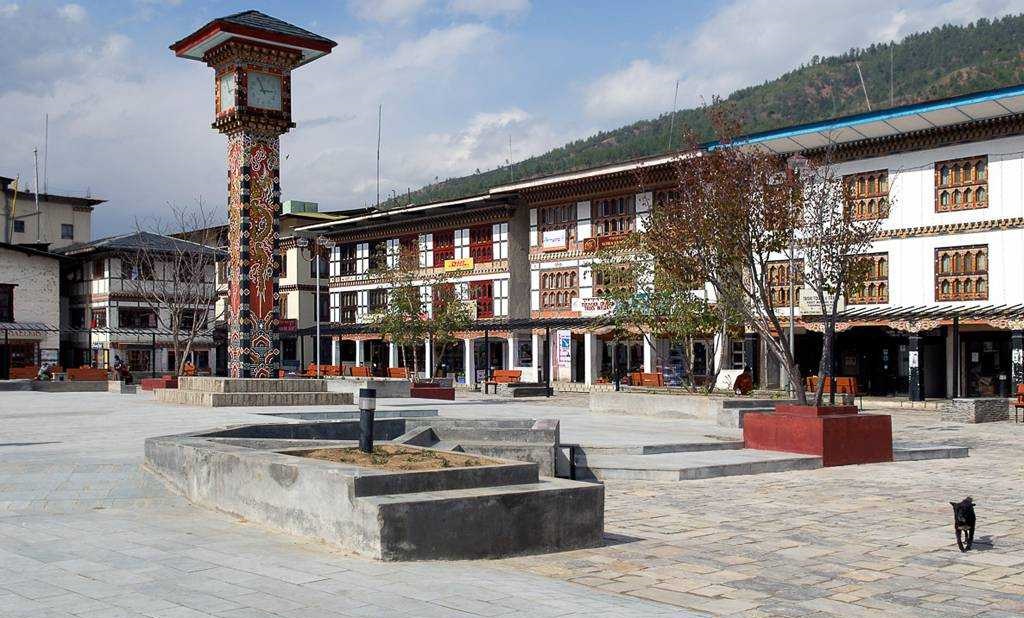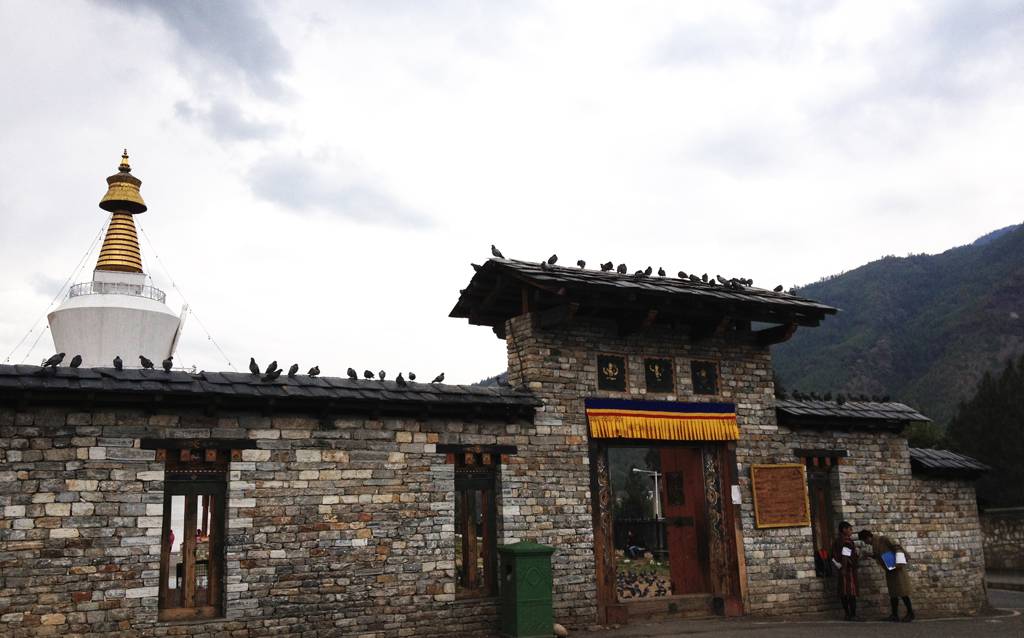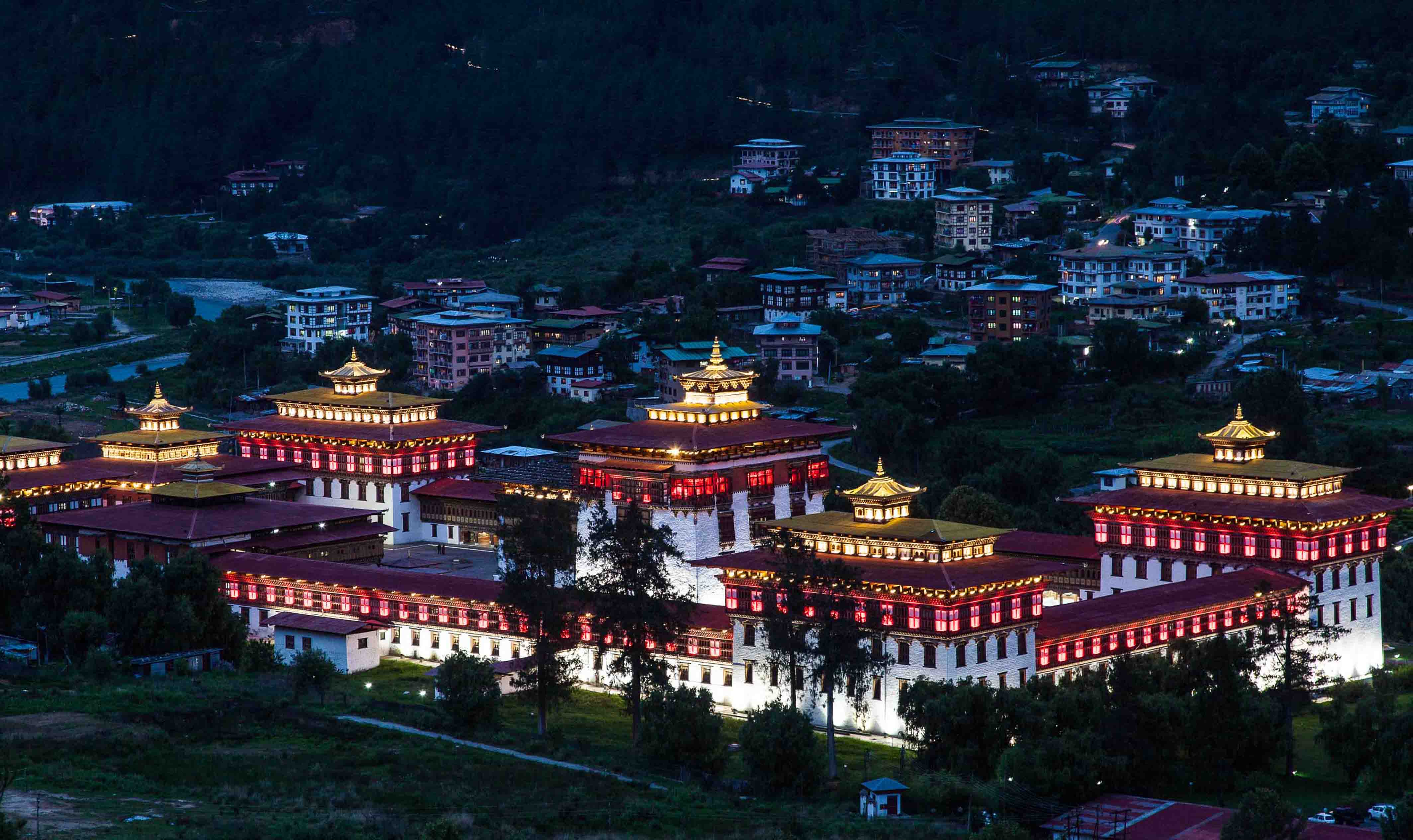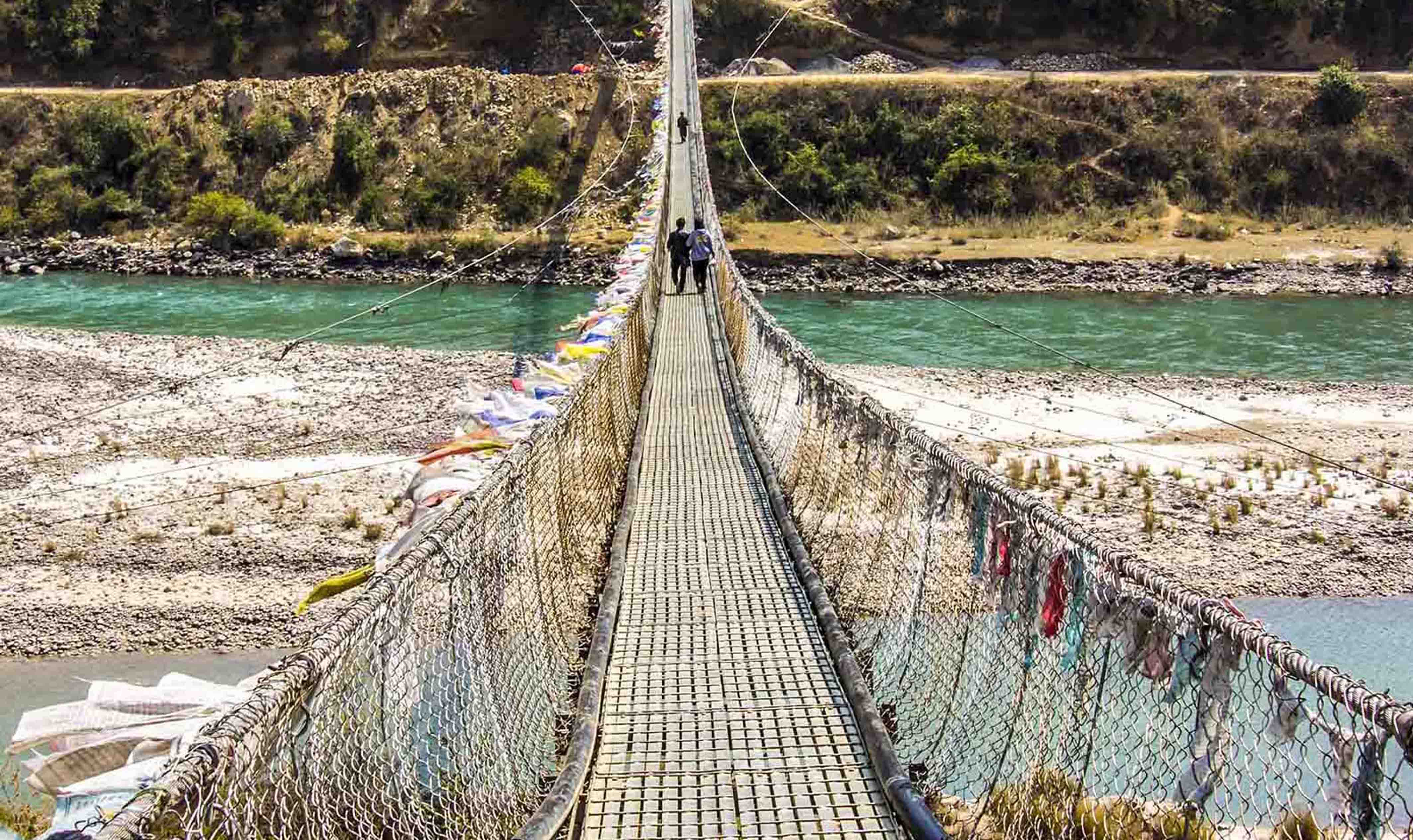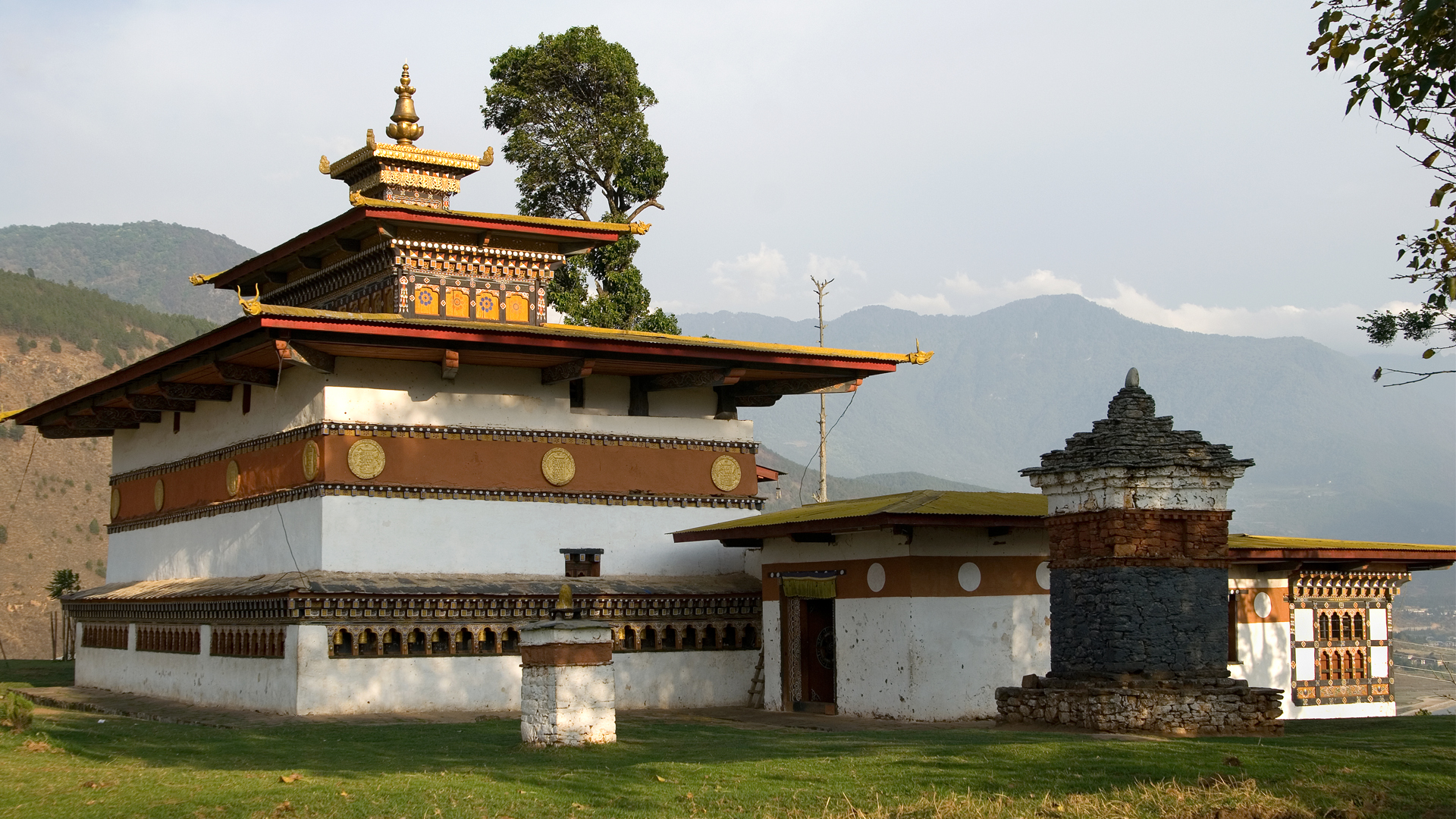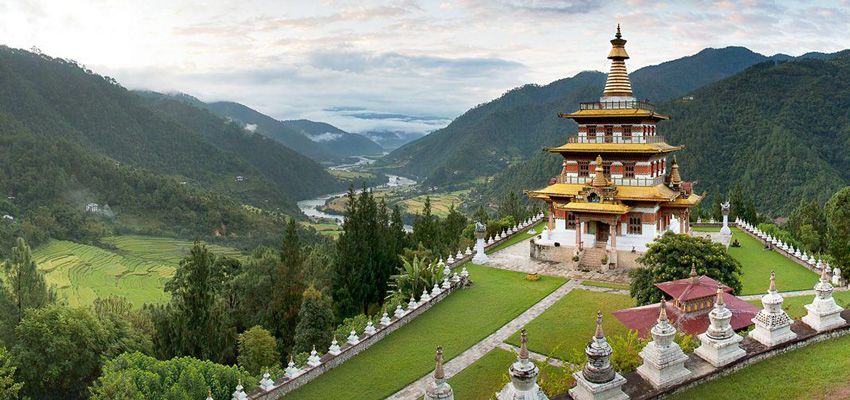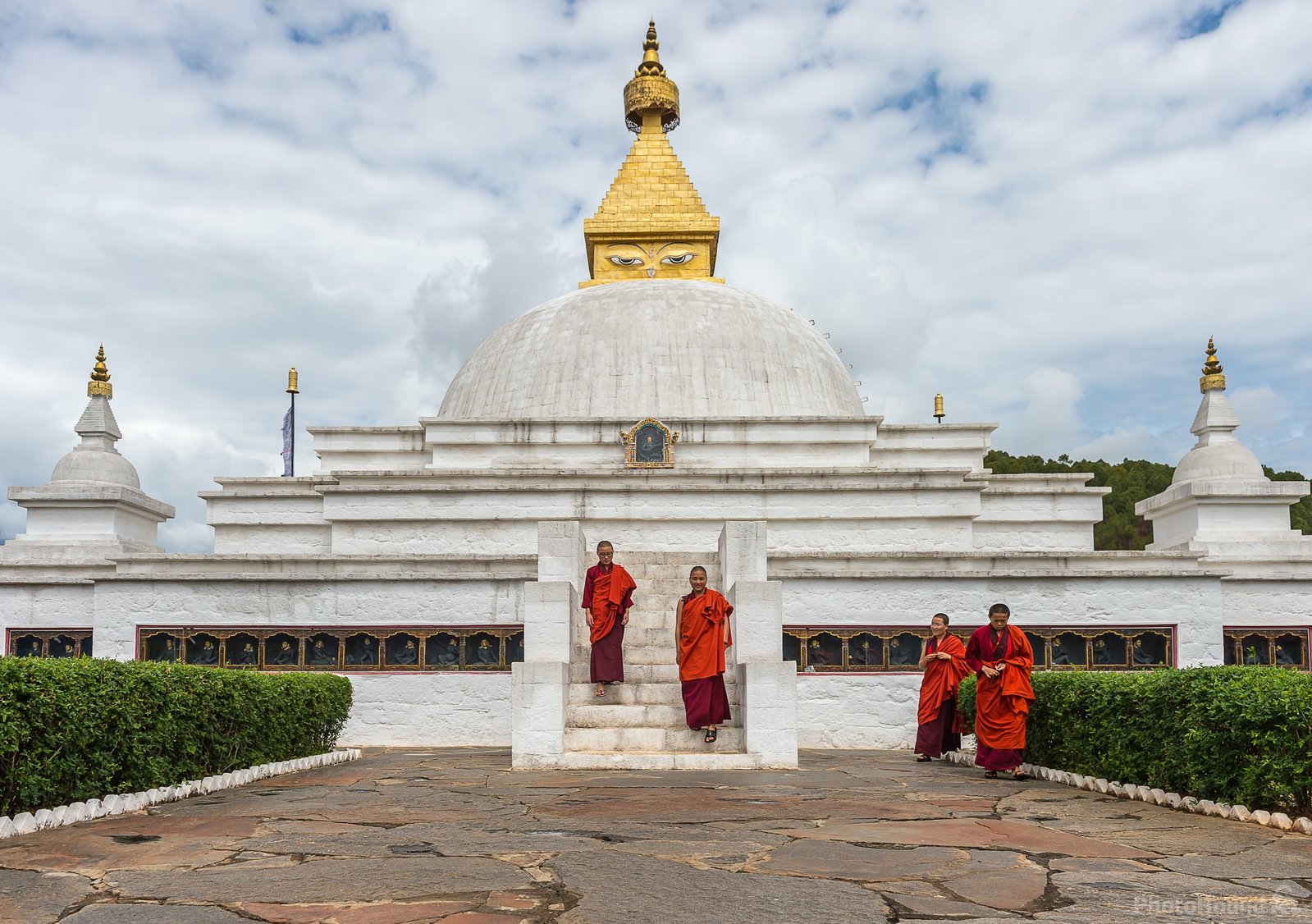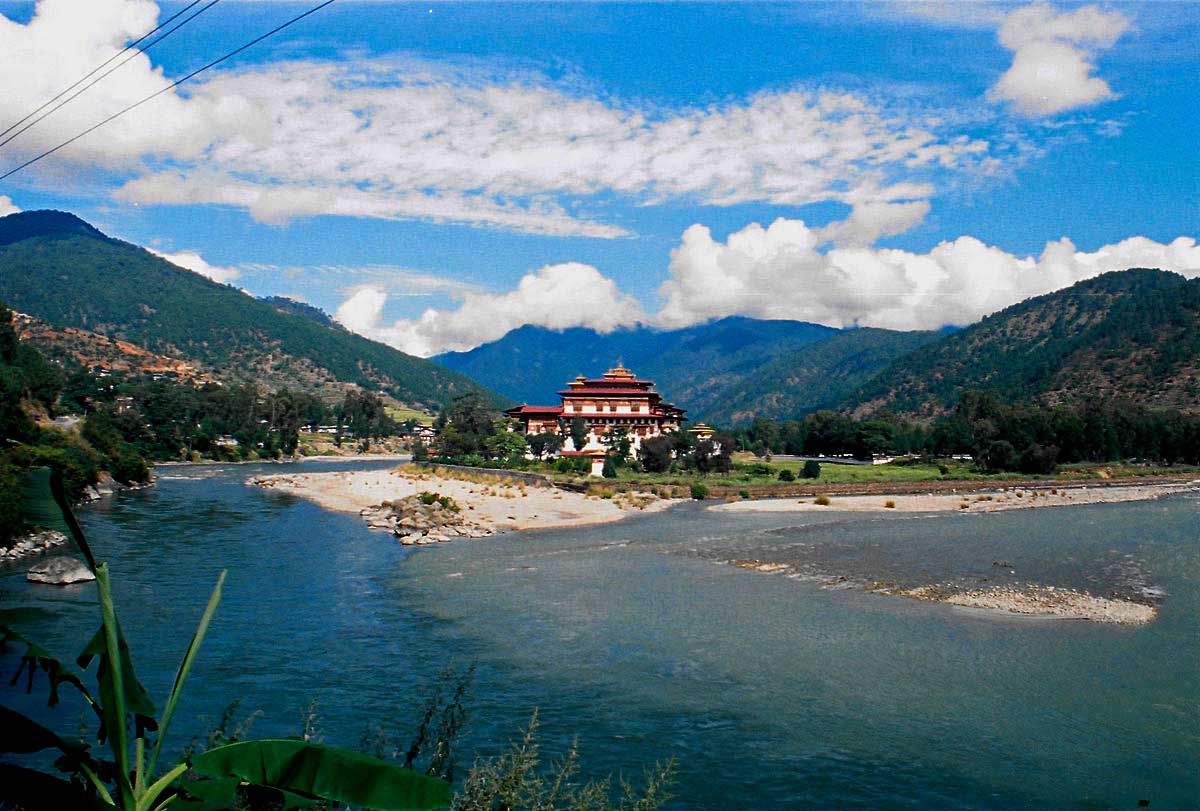The flight to Paro is one of the most spectacular in entire Himalayas.
Flying along the Himalayan range from Kathmandu, the journey offers fascinating
views and an exciting descent into the Kingdom. Bhutan’s first gift to you as
you disembark from the aircraft will be cool, clean fresh mountain air.
The first gift from Bhutan will be cool, clean fresh air as you step out of the aircraft. On arrival at Paro airport, you will be received by our representative with a “tashi khaddar” (white scarf offering to the guest which is an auspicious way to welcome guest) and transfer to Thimphu, the modern capital town of Bhutan.
On arrival, in Thimphu check-into the hotel. The capital town of Bhutan and the centre of government, religion and commerce, Thimphu is a unique city with unusual mixture of modern development alongside ancient traditions. With the population of about 90,000 it is perhaps still the world’s only capital city without a traffic light.
Later in the day take an exploratory walk around local marketplace located a few minutes’ walk from hotels. Or take a walk to local craft Bazar recently established under patronage of Department of cottage & small industry and in collaboration with the department of culture, tourism council and the department of agriculture marketing and cooperatives, this market offers genuine Bhutanese arts & crafts thus contributing in promotion, protection and preservation of traditional arts.
(unlike other typical Asian tourist
marketplace, this is a unique place where you will not find pesky shopkeeper or
hawker coxing you to buy their artefacts, you can wander around in peace
admiring the craftsmanship and uniqueness of the Bhutanese local market)
Overnight at the hotel in Thimphu (altitude 2,320m)



